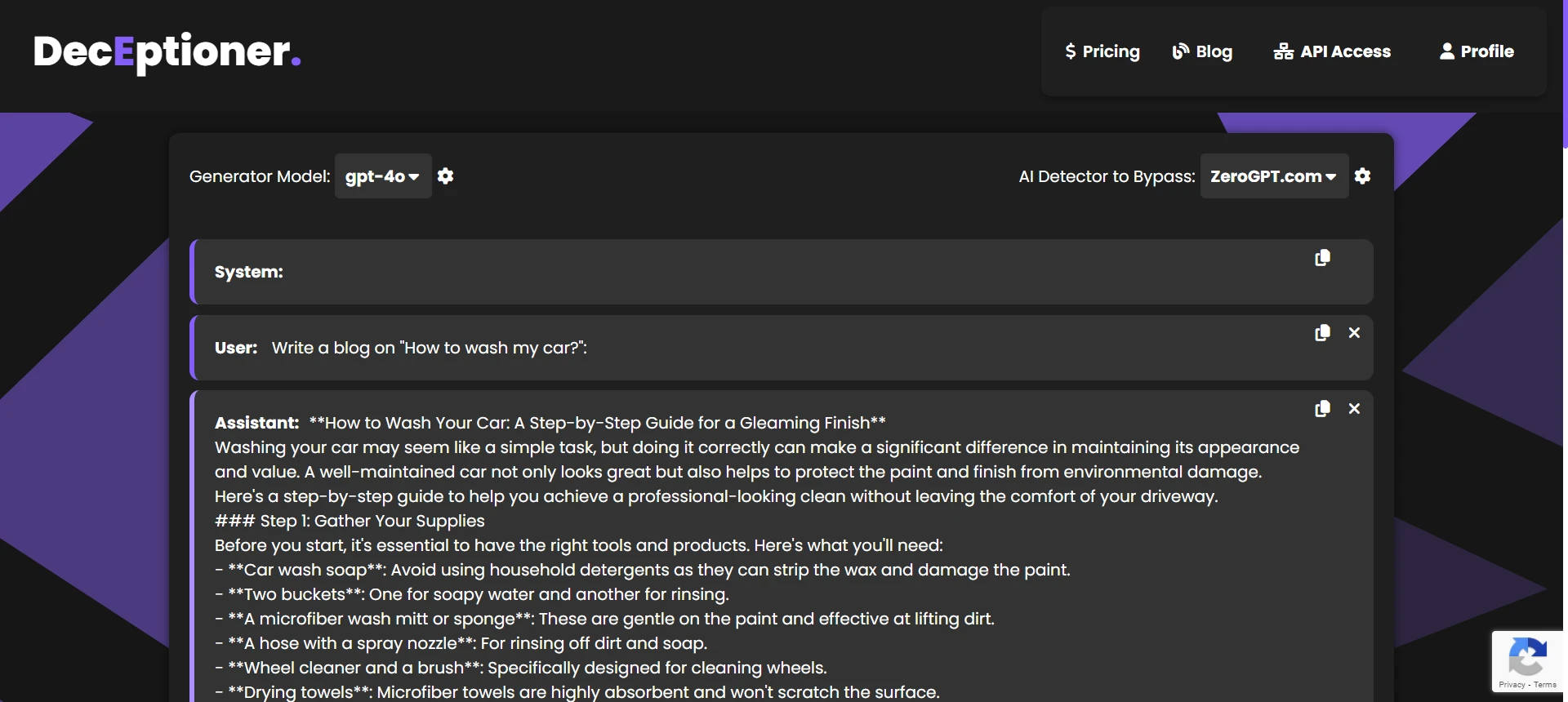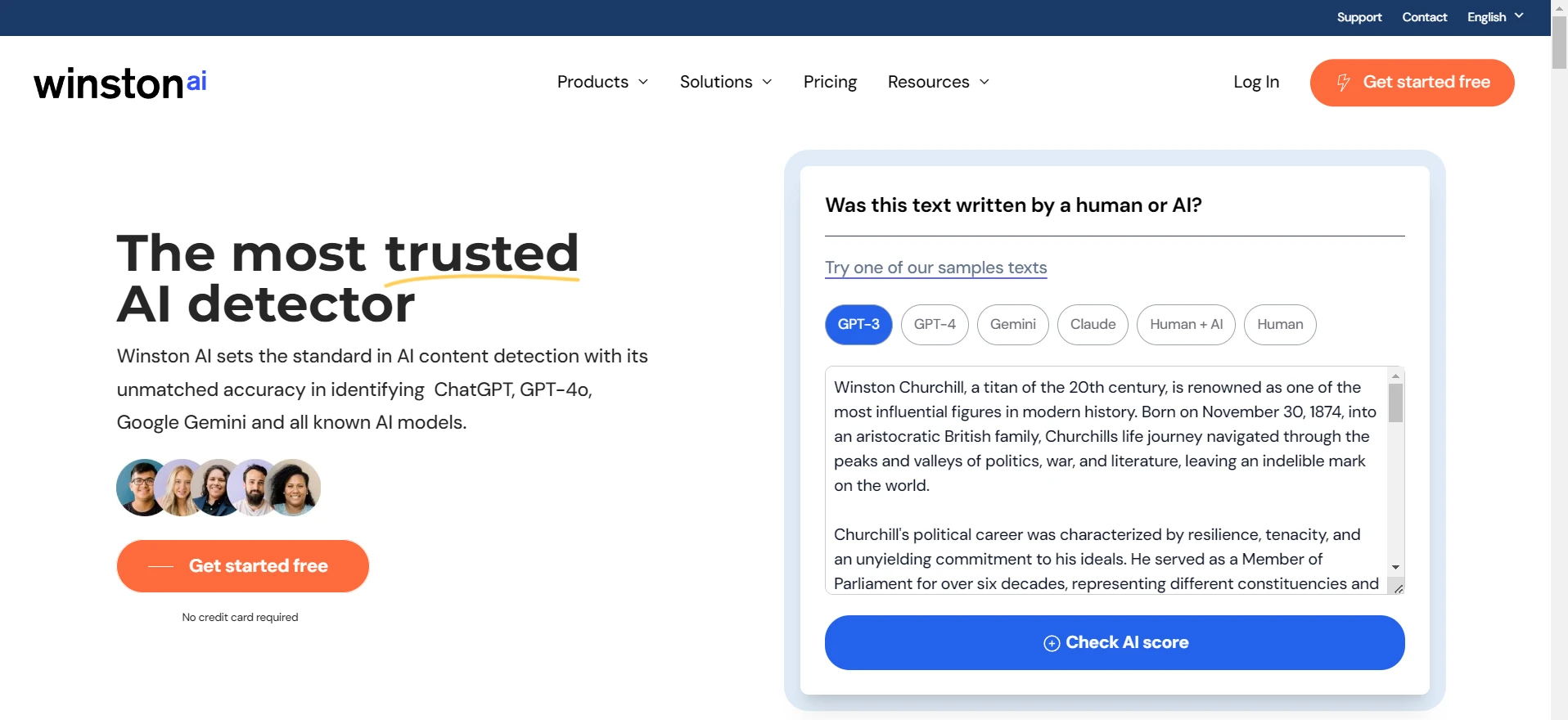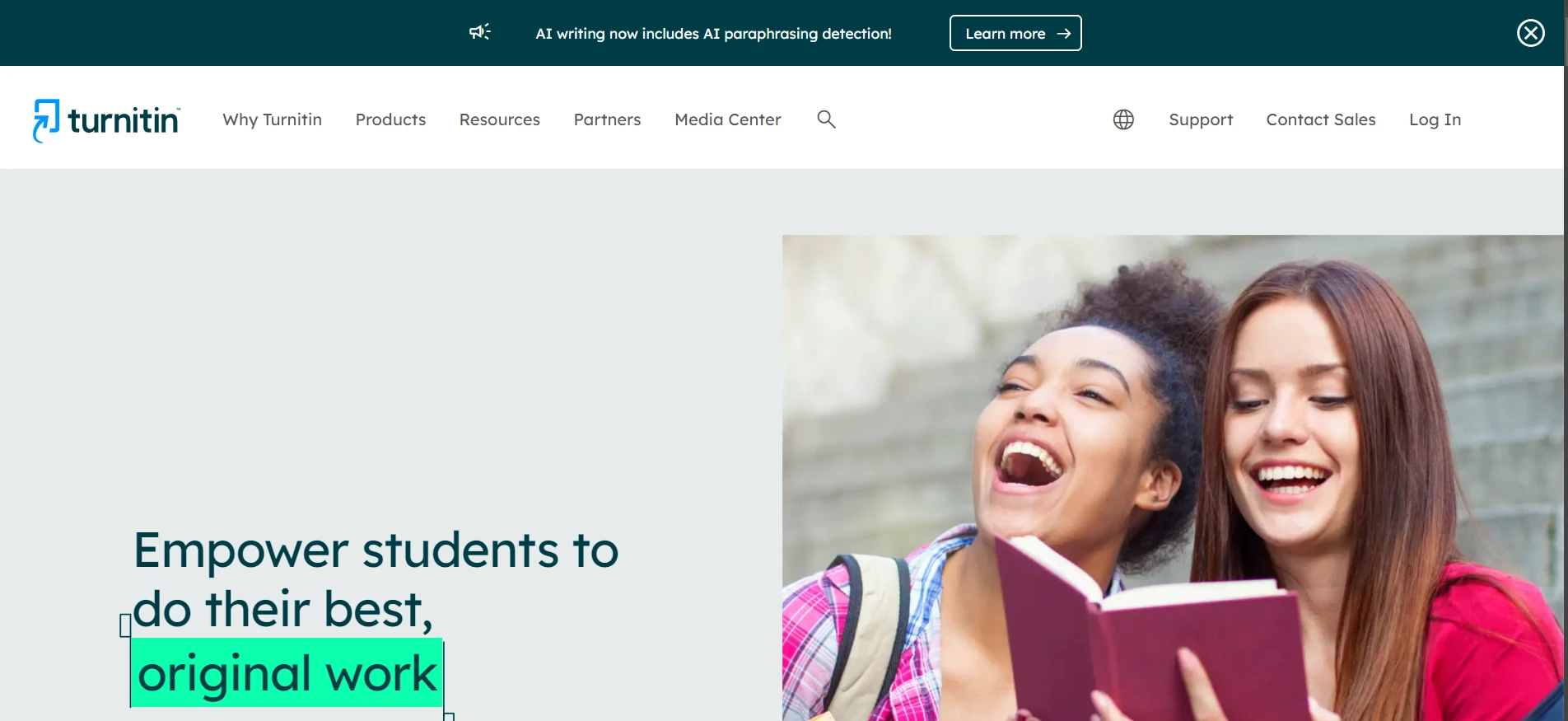As we all know, Perplexity AI is one of the hottest search engines right now. However, how does it actually work? The short answer is that it relies on a blend of advanced language models and something known as a RAG (Retrieval-Augmented Generation) pipeline. The longer answer is the devil lies in the details. Keep reading to know more about it.
Why Perplexity AI Uses Multiple Models?
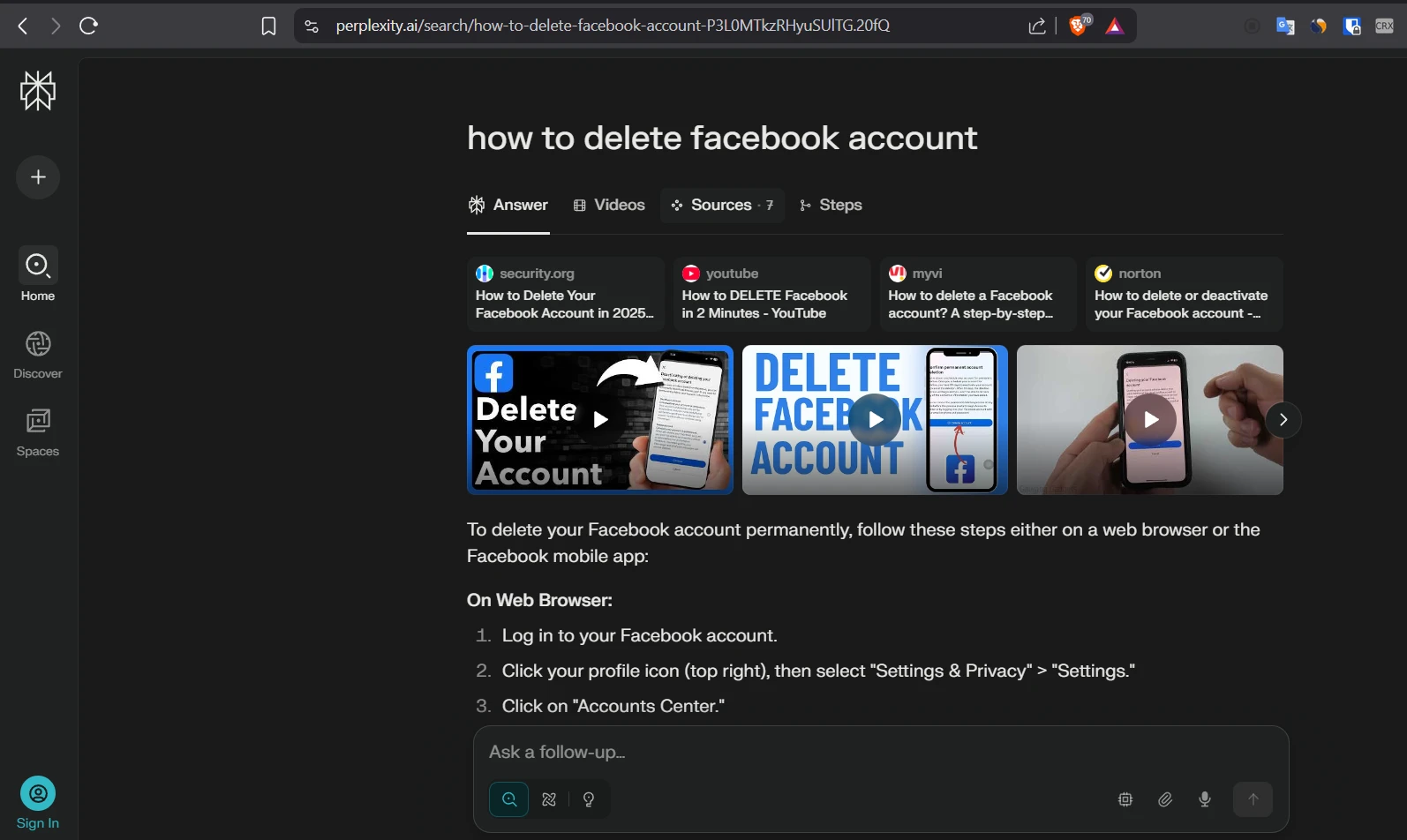
The simple answer is that not all questions are the same. Hence, if an easier query comes in, it doesn’t make sense to use an expensive, complex model. Perplexity AI uses a “model-agnostic router” that either auto-selects or lets you manually pick a Large Language Model. They have a free tier using OpenAI GPT-3.5 while the pro tier leverages GPT-4, Anthropic Claude 2, or Google DeepMind Gemini. This router is learned via reinforcement so it can balance speed, accuracy, and cost.
How Their RAG Pipeline Works?
- Query Parsing: The system first figures out which type of question has been asked (factual, coding, etc.).
- Intelligent Search & Retrieval: Real-time web crawling, external APIs, and a custom internal index are used. Complex queries can be split into sub-queries. Their “Deep Research” mode does multi-step reasoning to refine results.
- Multi-Stage Refinement: Retrieved data is deduplicated, cross-source verified, and relevance ranked to remove contradictions or outdated info.
- Augmentation & Answer Generation: A “Context Fusion” module merges all relevant data, grounding the final answer in actual evidence and reducing hallucinations.
- Continuous Learning: User feedback (upvotes/downvotes) feeds into a reinforcement-learning loop. Engineers also tweak model ensembles and retrieval rules to keep answers fresh.
Unique Goodies in Perplexity AI
They offer focus filters (restrict searches to government or academic domains) and a toggle between Quick Answer (fast but less thorough) and Deep Research (slower but more detailed). Their ultimate goal is to minimize “perplexity” by pulling in the right data on the fly.
Information Sourcing & Verifying Facts
- Real-Time Web Search: Crawlers plus third-party search APIs dig through vast volumes of pages in near real time.
- Source Selection & Trustworthiness: Preference for academic journals, government sites, and cross-checking multiple reputable sources.
- Citation Mechanism: Superscript numbers link facts back to original URLs, so you can verify sources yourself.
- Hallucination Mitigation: The multi-step pipeline forces answers to align with retrieved evidence, minimizing random guesses.
User Interface & Interaction
Perplexity AI’s interface is a mix of a chat messenger and a search engine. You ask questions, get answers, and can follow up with clarifications. Context is maintained for easy references. Citations appear next to answers for transparency.
In Pro tiers, you also get speech input, image/PDF uploads, and manual model selection (e.g., GPT-4 or Claude 2) for more powerful queries.
Use Cases
- Education & Research: Quick lookups, lesson planning, concept explanations with journal/news citations.
- Software Development: Code snippets, documentation, and forum post retrieval from GitHub or StackOverflow.
- Data Analysis & BI: Mini-computations, summaries, and document processing on Pro tier.
- Everyday Info & General Search: Current news, practical advice, and voice integration on mobile.
Frequently Asked Questions
Q1. Does Perplexity AI rely on GPT-4 for free?
No, the free tier uses GPT-3.5. For GPT-4, Claude 2, or Gemini, upgrade to the Pro plan.
Q2. Is the answer generation always correct?
It’s generally reliable but not error-free. Citations let you verify facts yourself.
Q3. Can Perplexity AI handle complex multi-part queries?
Yes, the multi-step “Deep Research” mode decomposes and refines sub-queries.
Q4. Does Perplexity AI do code troubleshooting?
Yes. It pulls from documentation, tutorials, and forums, helping you narrow down bugs faster.
The Bottom Line
Perplexity AI is a fantastic “chat + search” hybrid. Their retrieval-augmented technique pulls multiple sources, cross-checks them, and provides properly cited answers. The Pro plan offers advanced features, but the free tier is already quite powerful. Above all, they prioritize evidence-based responses over random speculation—making it feel like an informed friend who always references sources.

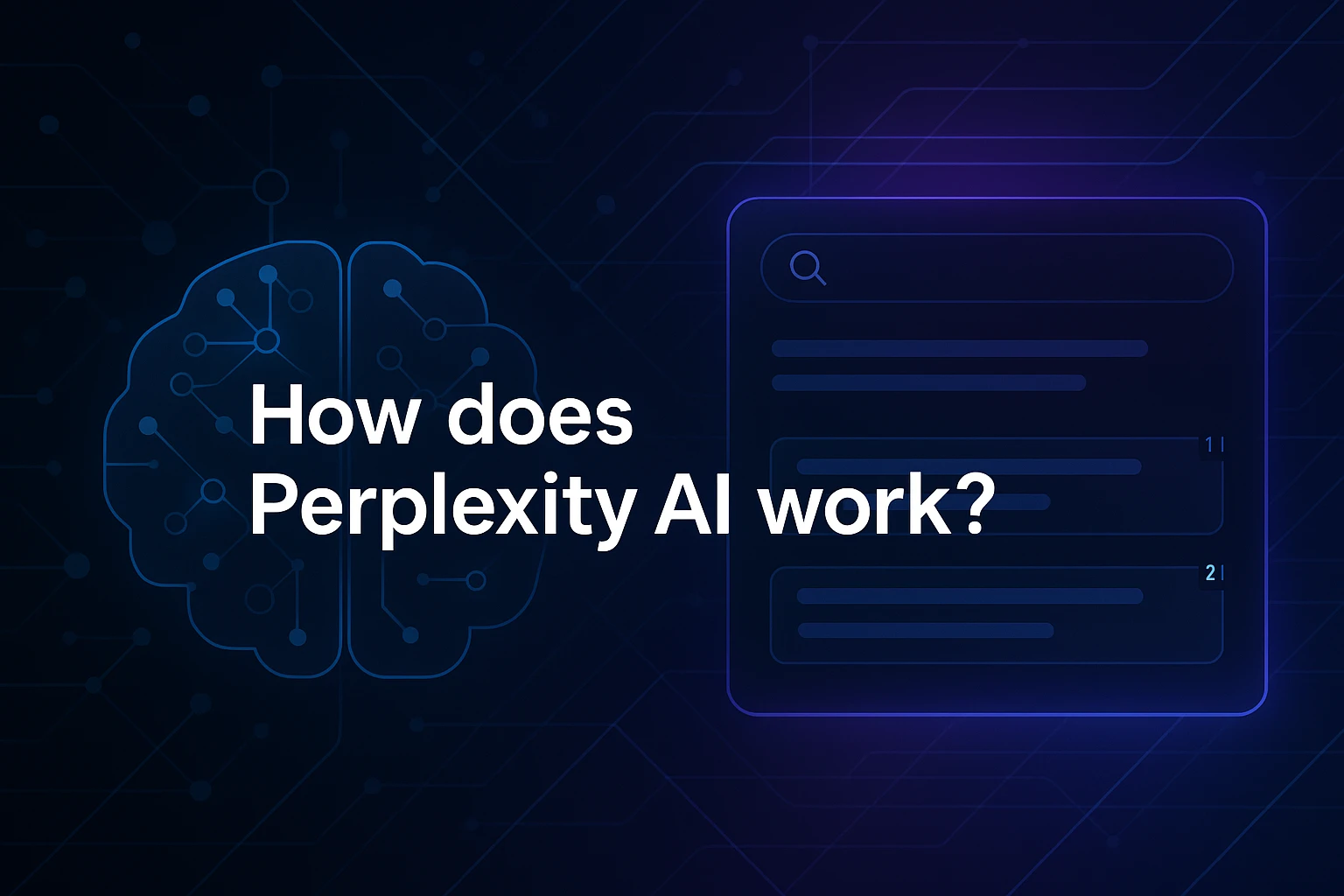
![[STUDY] Can Phrasly AI Humanizer Bypass ZeroGPT?](/static/images/can-phrasly-ai-humanizer-bypass-zerogptpng.webp)
![[STUDY] Can Phrasly AI Bypass Turnitin?](/static/images/can-phrasly-ai-bypass-turnitinpng.webp)
![[HOT TAKE] Is Winston AI or GPTZero more accurate?](/static/images/is-winston-ai-or-gptzero-more-accuratepng.webp)
![[NO NONSENSE ANSWER] Is Turndetect Permanently Down?](/static/images/is-turndetect-downpng.webp)
